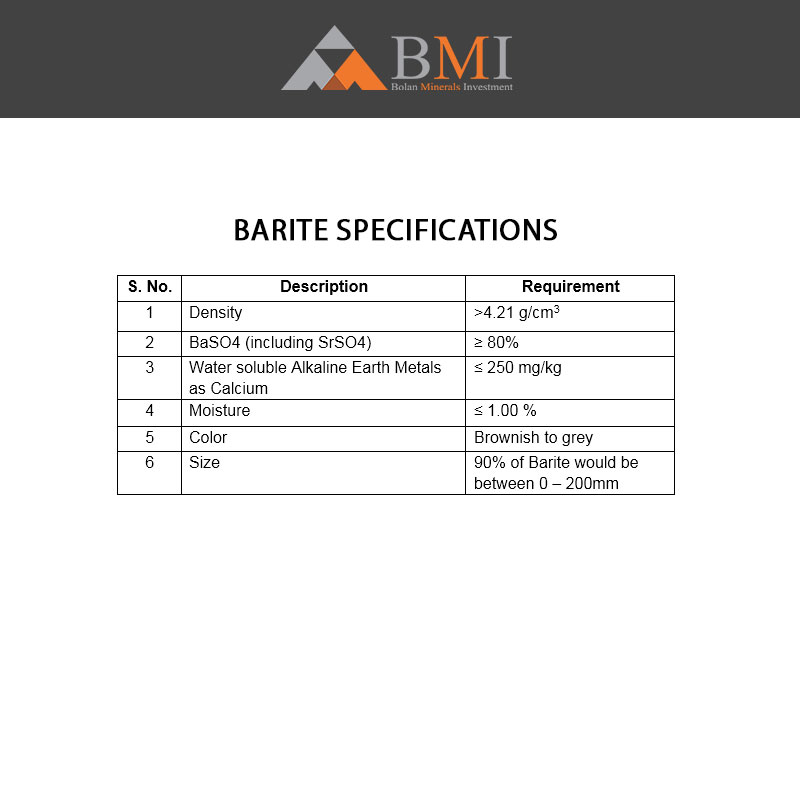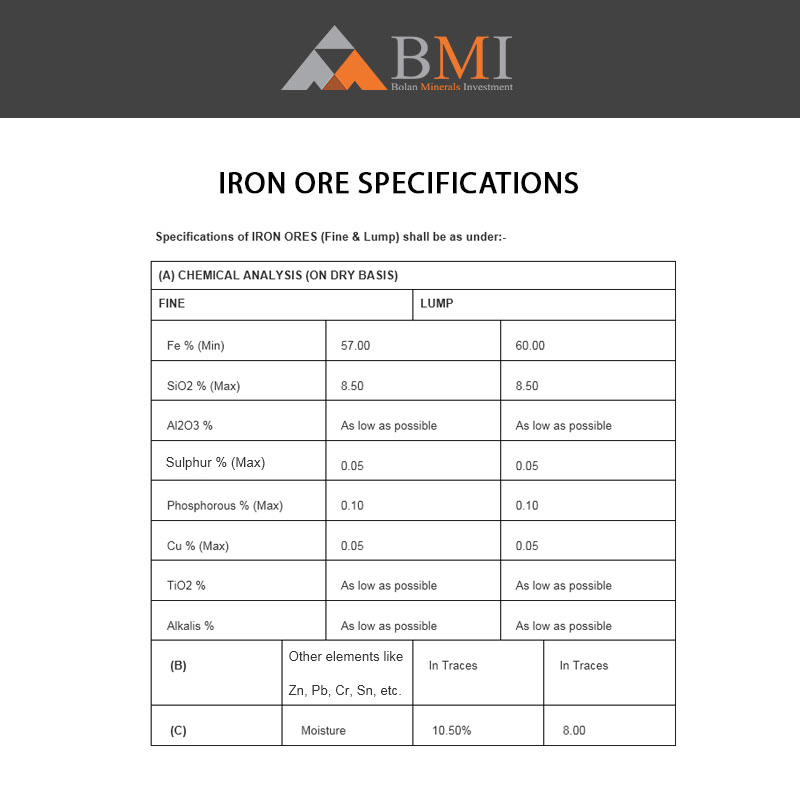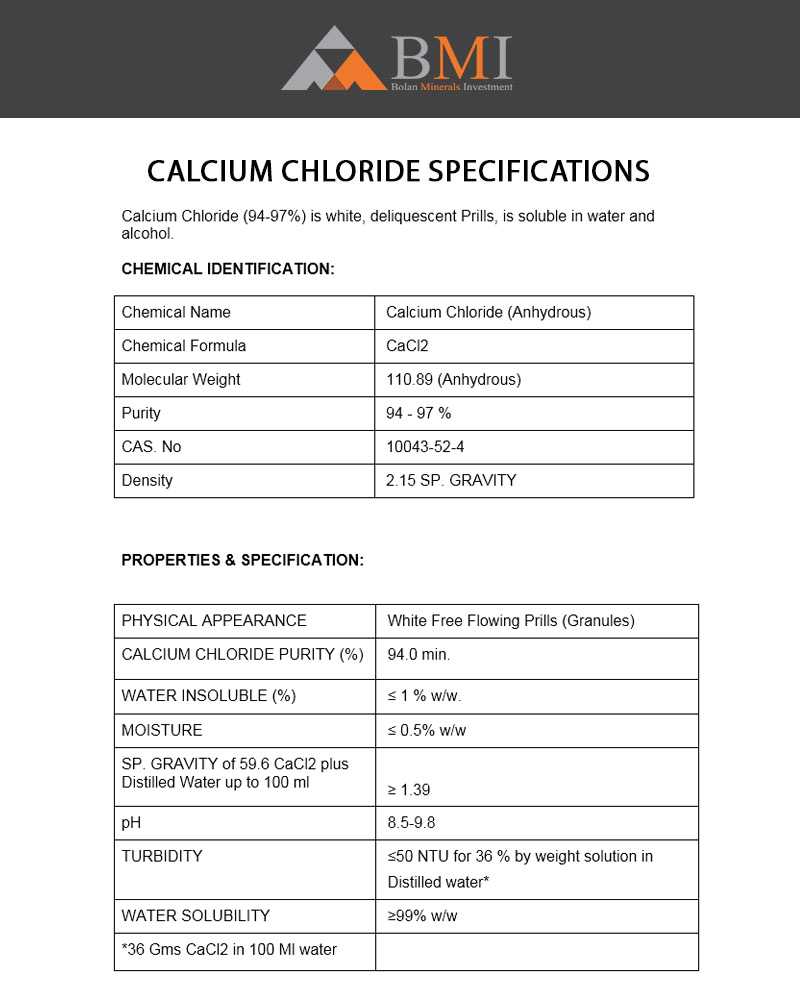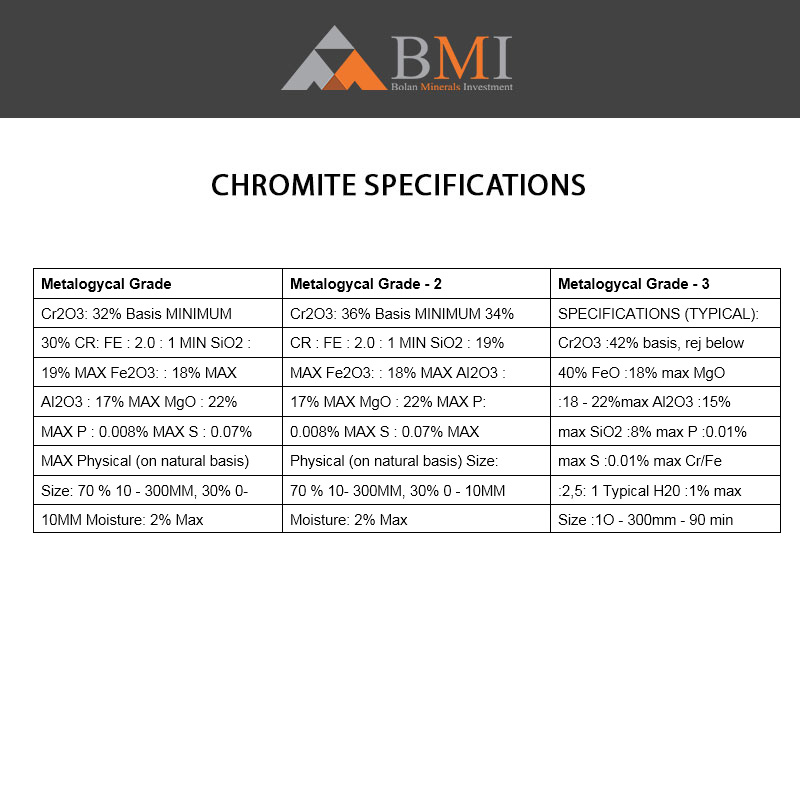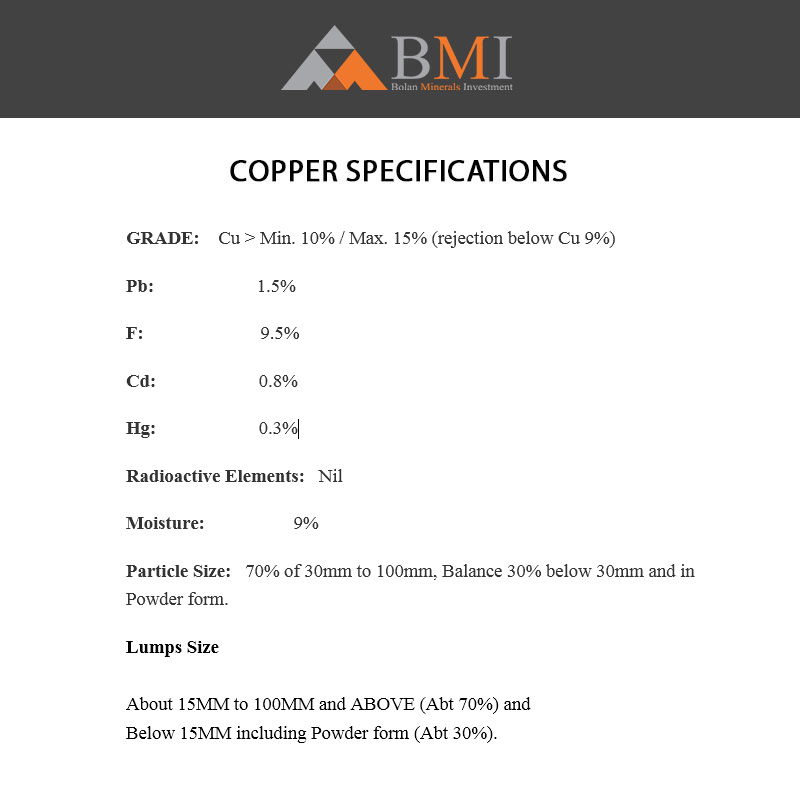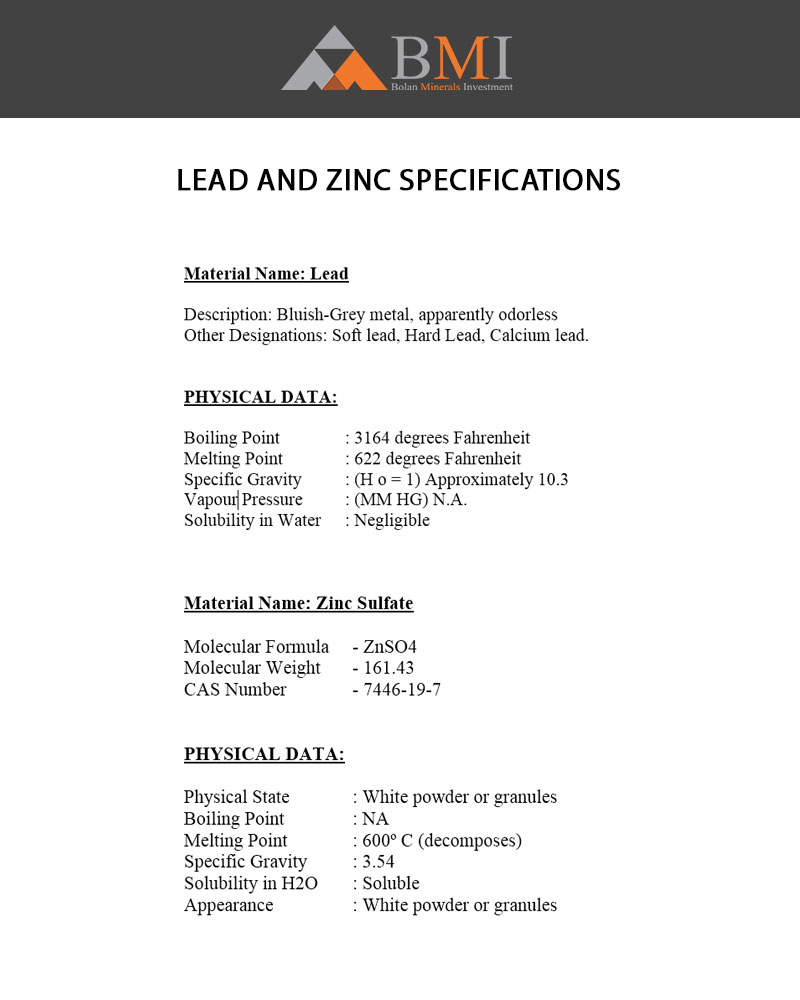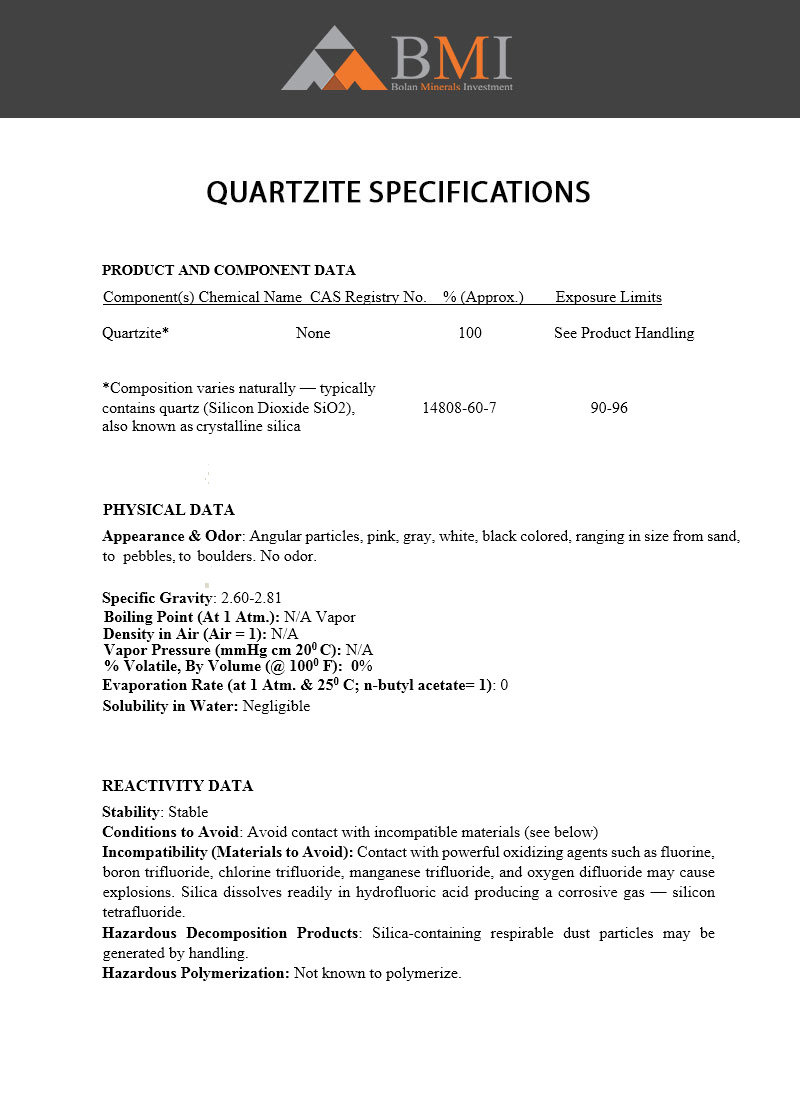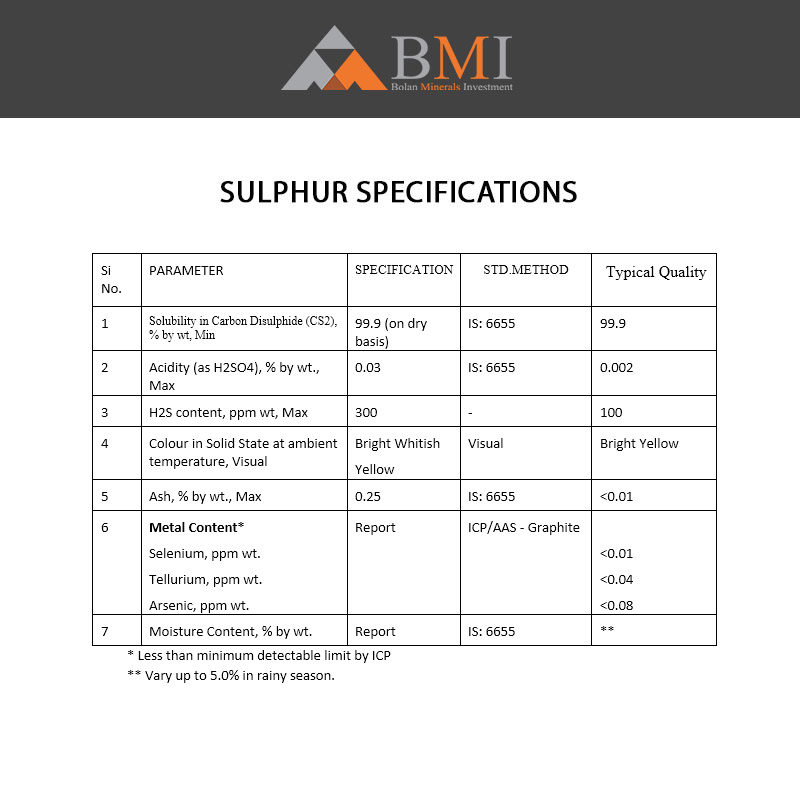BMI and associates mine procures the raw materials from the source of initial providers and develop them as per customer requirements. Typically, BMI possess the mines or provides the fund to investment of various metals and minerals, infrastructure, manpower, testing lab and logistics to enable effectual delivery to user obligation. BMI holds tactical mineral partnership and agency covenants with government and multiple producers of mine owners including regional stashes for securing the sources.


- Home
- About Us
- About Us
- Who We Are
- BMI in Numbers
- Investing with BMI
- Investing with BMI
- Where we Invest
- How we Invest
- Investment Strategy
- Investment
- Fund Platform
- Balochistan
- Trading With BMI
- Trading With BMI
- Where we Trade
- How we Trade
- Trading
- Contact Us
- Contact Us
- Career



